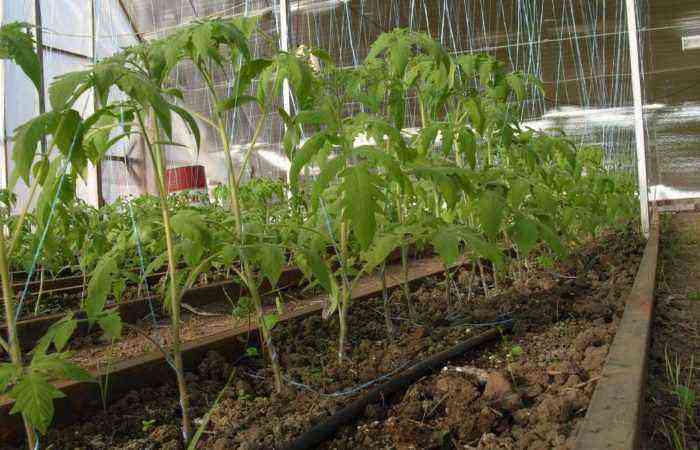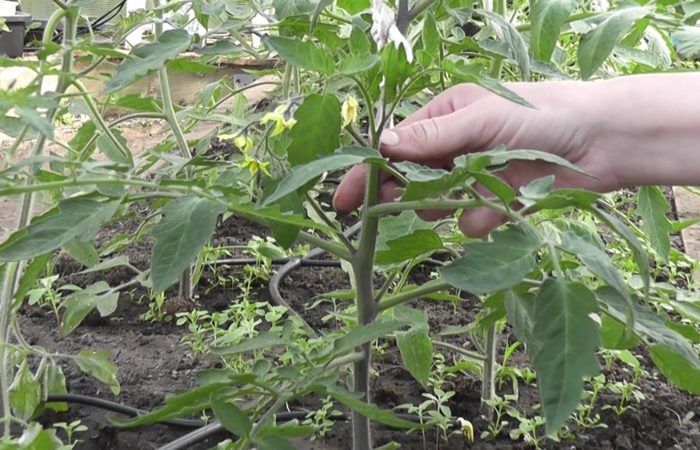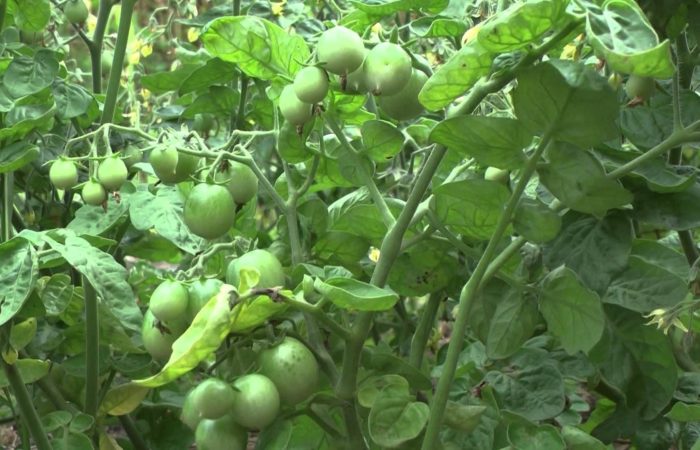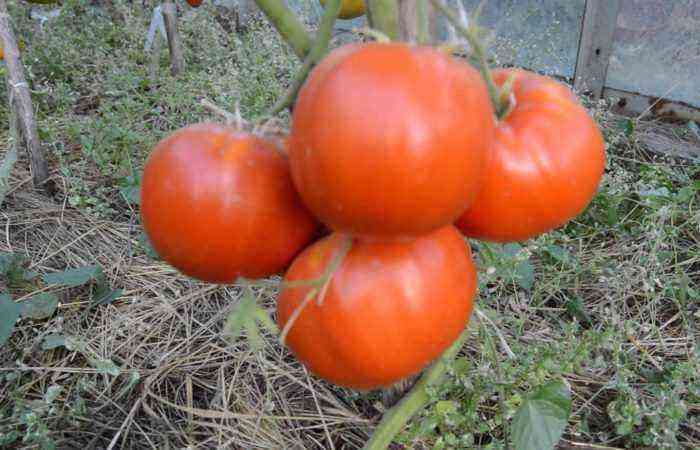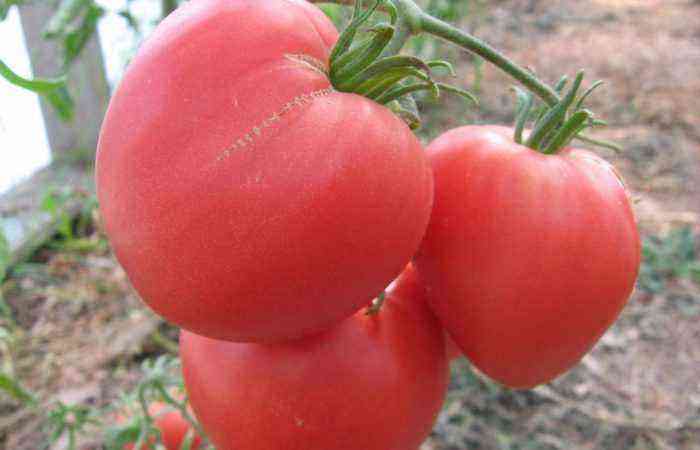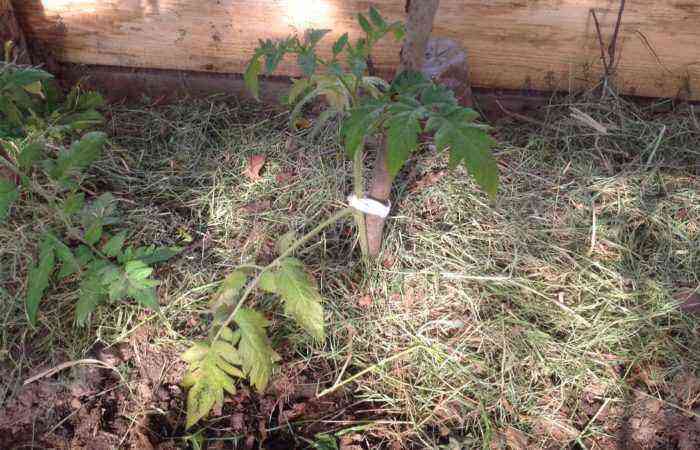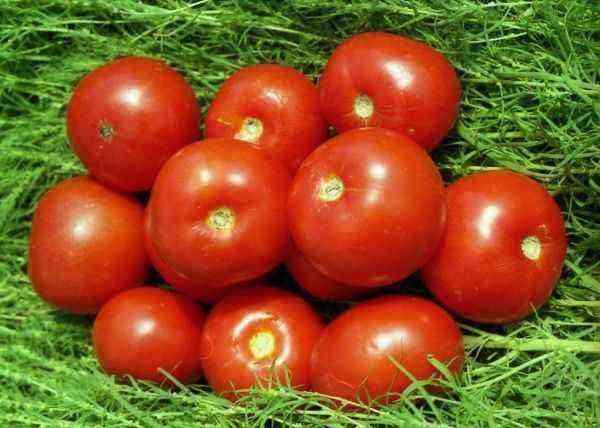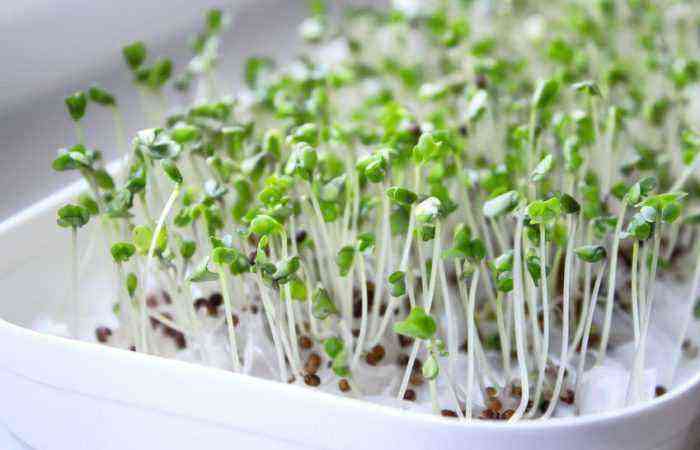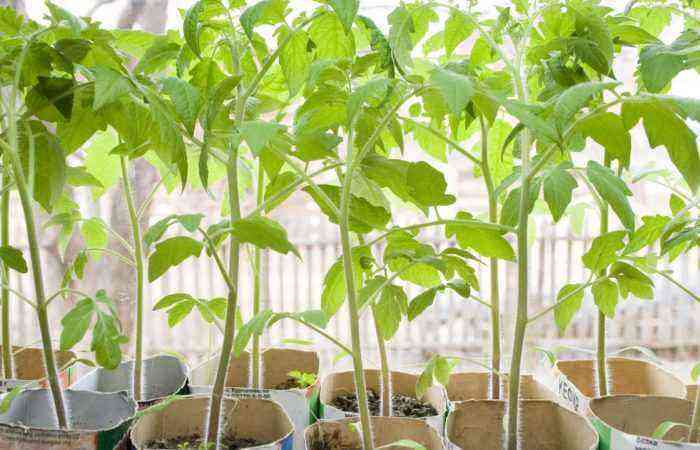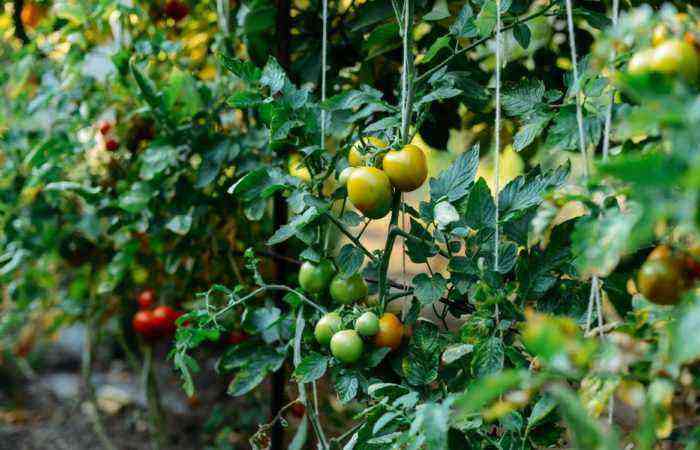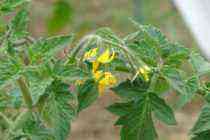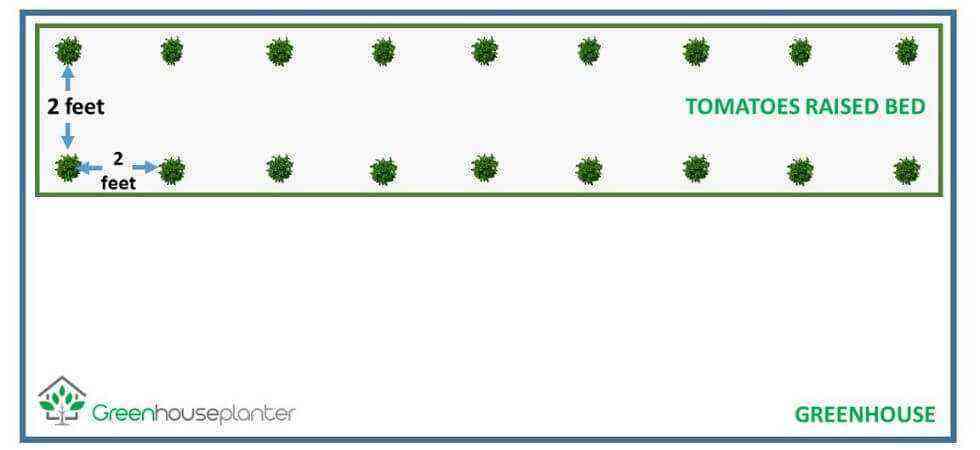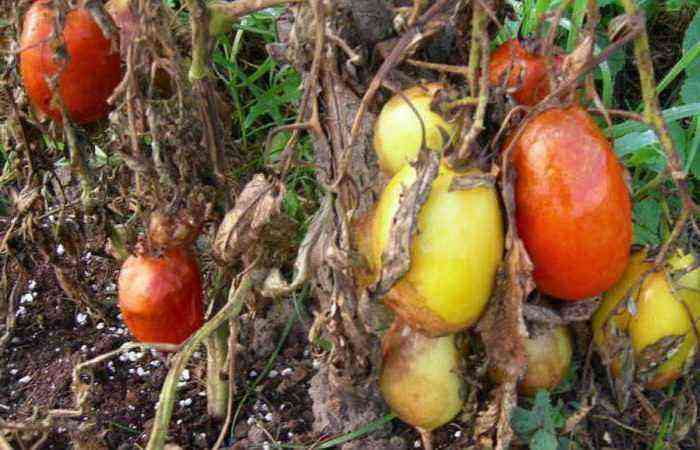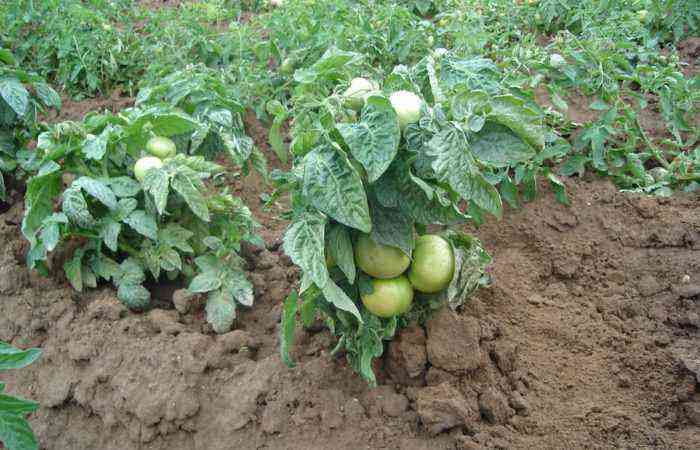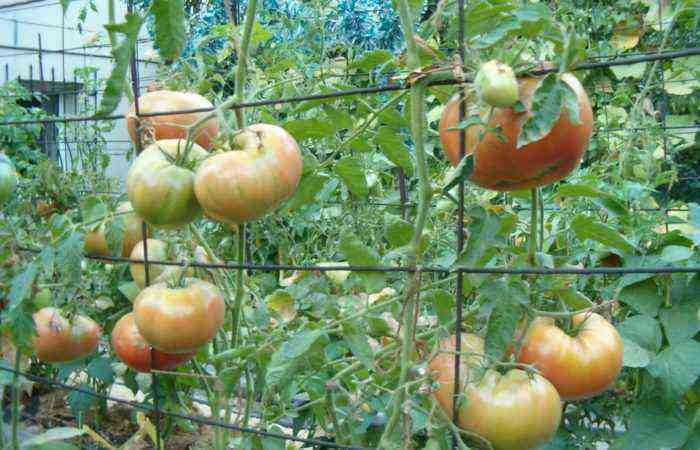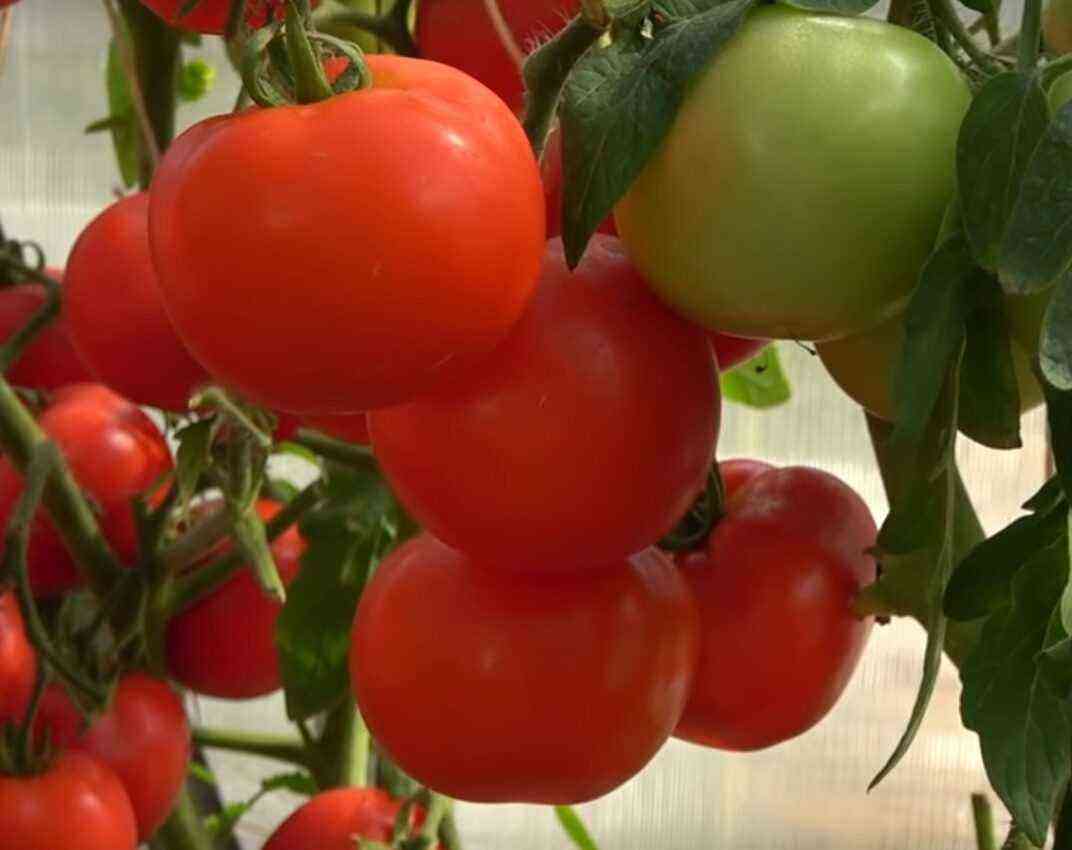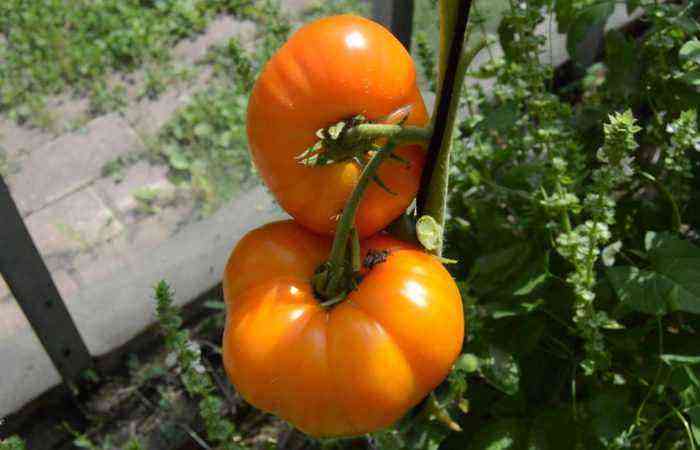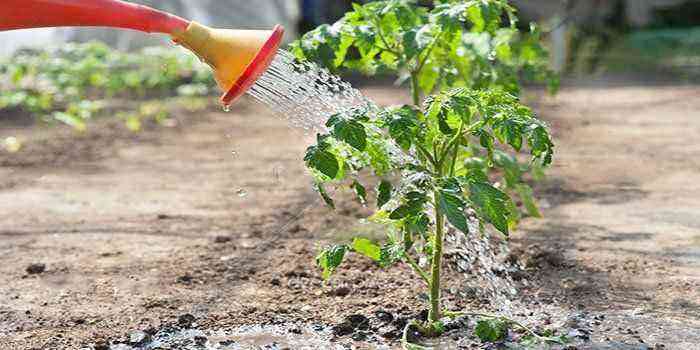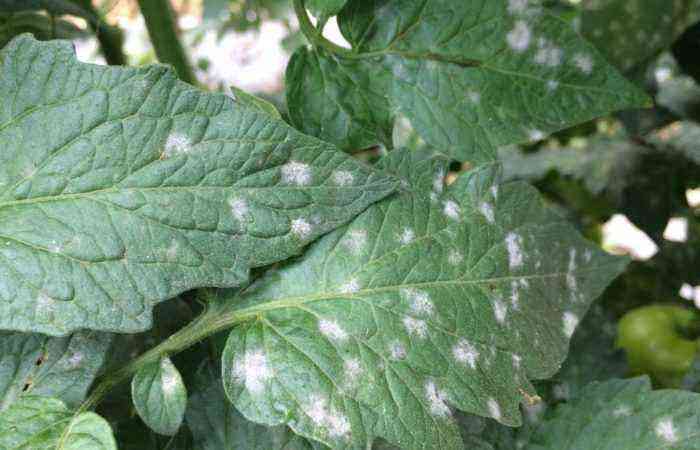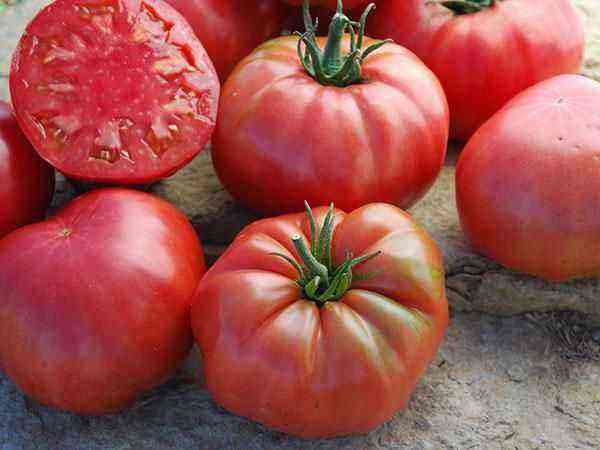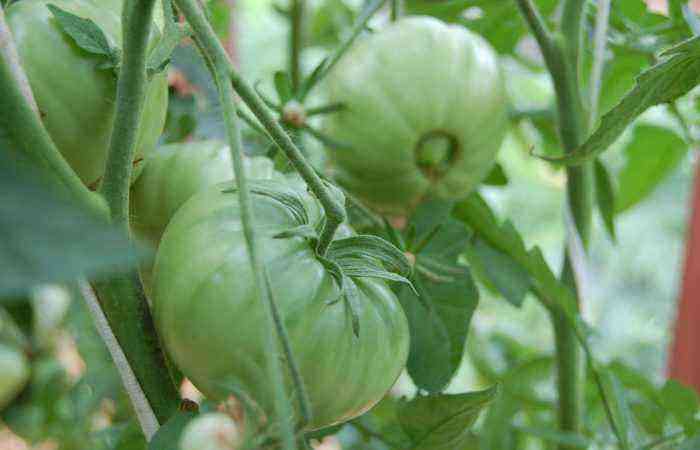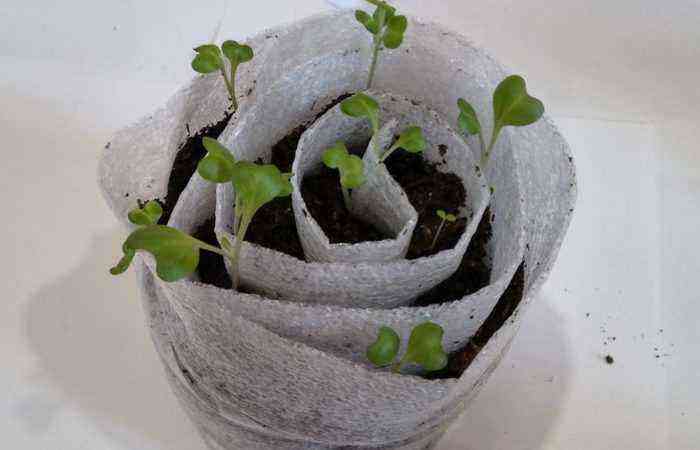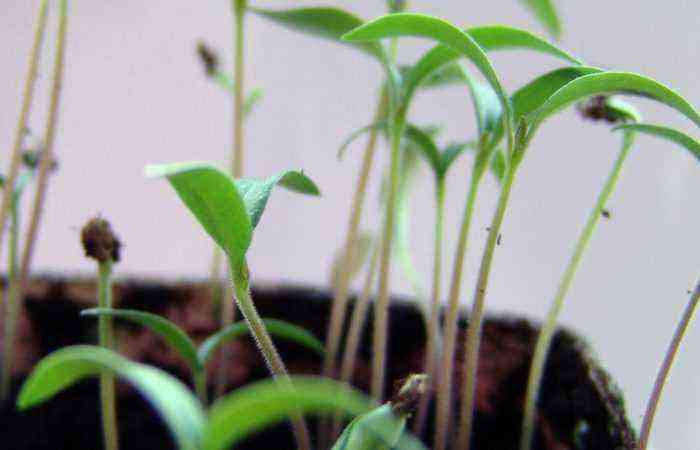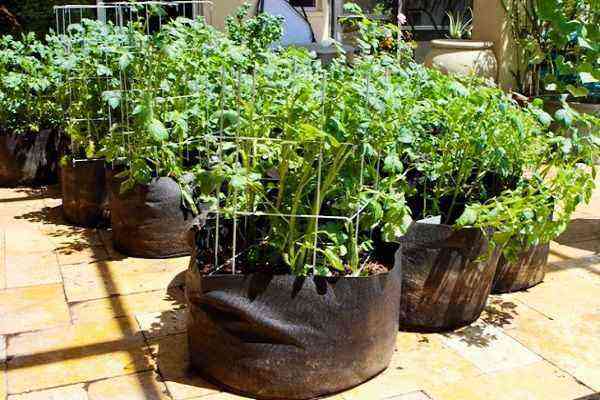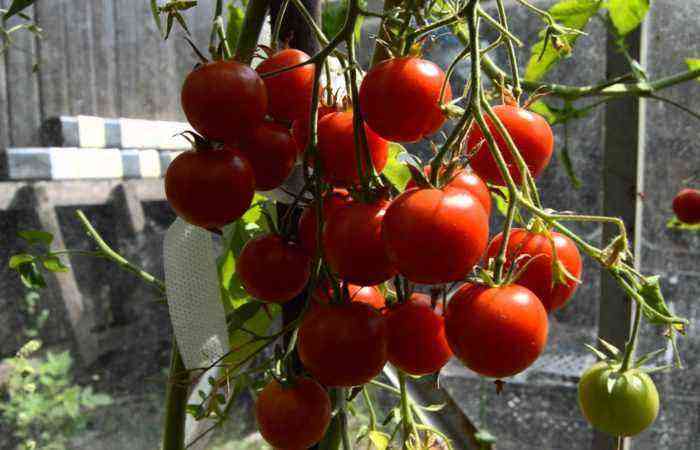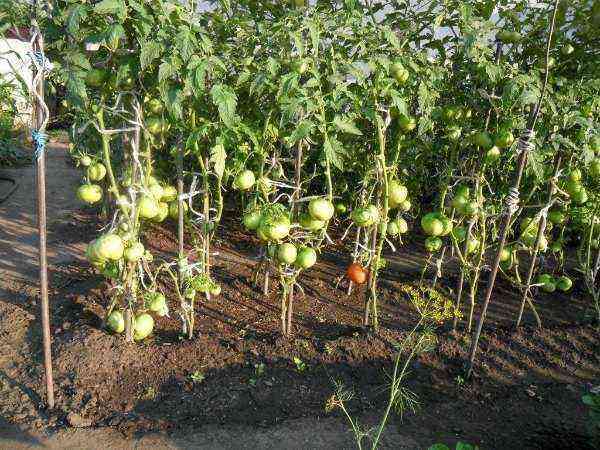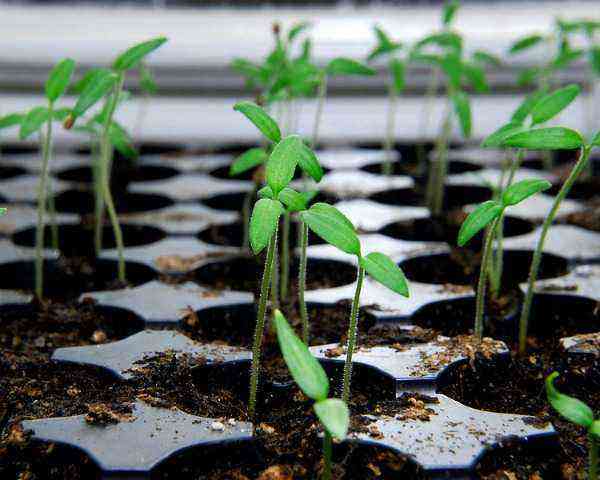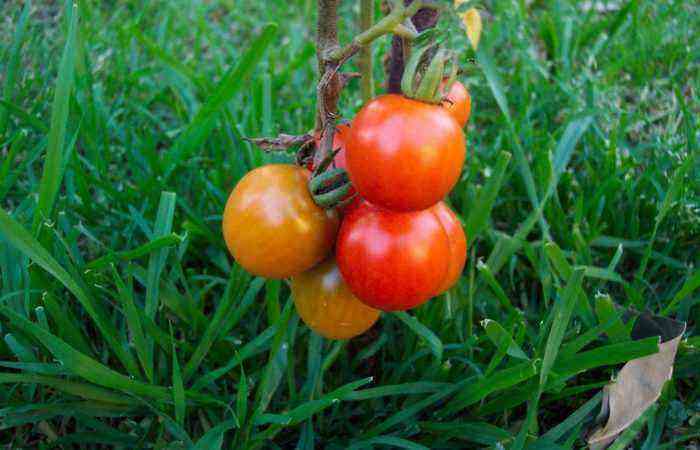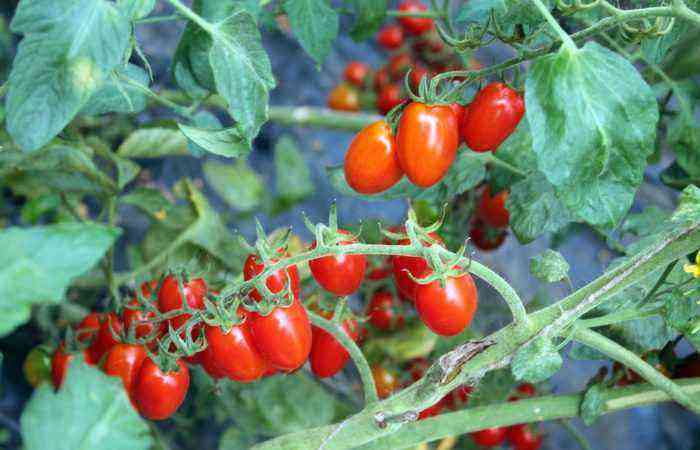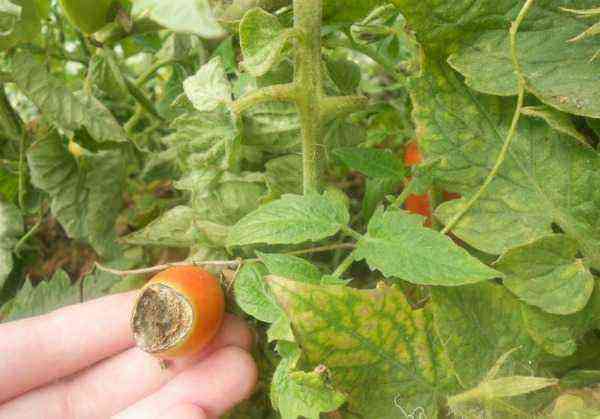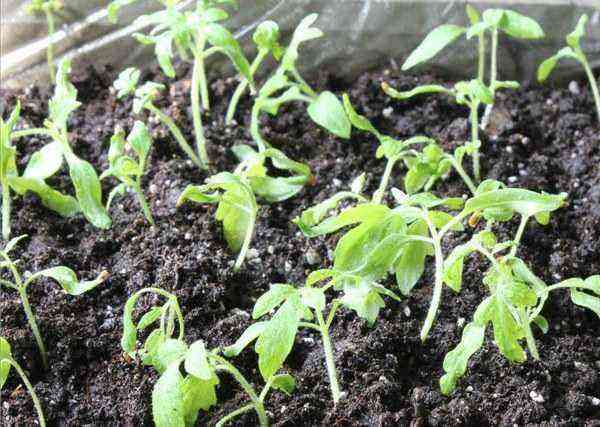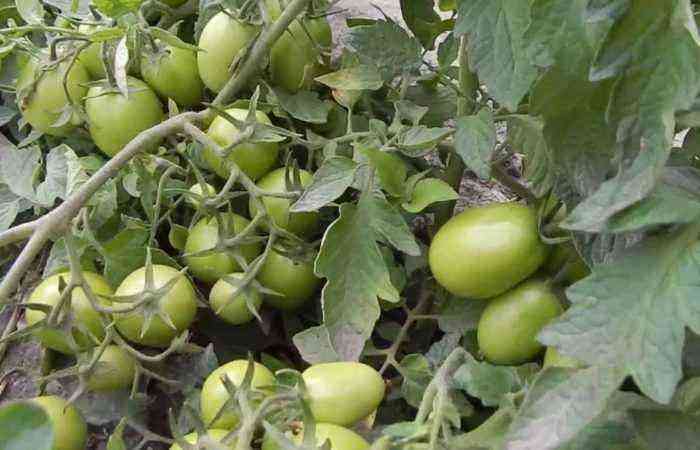At the genetic level, the ability of tomato plants, in addition to the main stem, to lay new shoots in the axils of the leaves, having the same vegetative organs, is laid down. It contributes to the rapid growth of the bush and reduce the fertilization of the ovaries.
Only some varieties of superdeterminant tomatoes are able to regulate the amount of green mass and ovaries themselves. Tomatoes of other varieties without human intervention will turn into green thickets with a meager harvest.
Why is a tomato stalk formed in a greenhouse?
The costs of producing vegetables in greenhouses are quite high, so it is necessary to use the entire space of the greenhouse as efficiently as possible. If you do not work with the stem of a tomato, you can make a number of mistakes and not get a good harvest. In order for the fruiting of a tomato to be generous, it is necessary to provide the plant with favorable growing conditions.
One of the most important measures is the optimization of the number of shoots or the creation of such a bush structure that will contribute to maximum fruiting.
Form in two stems or in one?
Both methods have their advantages and are suitable for certain growing conditions:
- A bush from one stem is easier to maintain, they shade each other less, they are better ventilated, which reduces the risk of developing diseases. In this way, you should not form undersized varieties of tomato, which form few ovaries on one stem.
- The formation of tomatoes in two stems allows you to get the maximum yield from the lower brushes in a short growing season, significantly increase the yield of varieties with limited growth. The method is effective for low greenhouses, undersized and medium-sized varieties of tomatoes. Such plants are more difficult to tie up and process.
In one stem – a way to form tall tomatoes in a greenhouse
Formation begins after the plant gives the first flower brush. In the axil of the leaf, between the stem and petiole, a new shoot appears, which is otherwise called the stepson. Since in the greenhouse, indeterminate varieties are formed in one stem, the first brush appears quite high – after 9-12 leaves.
In low greenhouses, some determinant varieties are also formed in one stem. In this case, the first brush appears after 3-8 leaves. Depending on the age and condition of the seedlings, the first stepchildren appear 10-15 days after planting the seedlings in the ground.
- How to stepson
To form one stem, all shoots growing in the axils must be removed. Shoots from the sinuses are best broken out. To do this, it is taken aside and pressed down with force.
Advice! If the stepson is completely removed from the sinus, then soon, a new one may grow in its place. To prevent this from happening, breaking off the shoot, you need to leave a low stump.
Stepchildren must be removed every 7-10 days so that they are no more than 5 cm. Overgrown stepchildren take a lot of nutrition from the plant, and the stem may be injured when they are removed. Such stepchildren need to be carefully cut.
- When and how to pinch
Pinching is a cultural practice that stops the growth of the main stem or side branches. When forming into one stem, there are no side branches, and the top of the main stem is removed above the last flower brush, which it was decided to leave for fruiting. For full photosynthesis, two more leaves are left above the brush. The optimal period for pinching is chosen taking into account:
- vegetation length;
- weather conditions;
- greenhouse height;
- varietal features.
Pinching allows the energy of the plant to be channeled to form larger fruits, and the set fruits to reach maturity before the end of the growing season.
- Removing leaves
Usually tomato bushes have a lot of leaves – from 3 to 5 between flower brushes. Their growth requires a lot of mineral nutrition, therefore, as the ovaries form, it is necessary to free the plants from part of the leaves located below the fruit formations. This technique allows you to accelerate the ripening and illumination in the greenhouse.
In addition, old leaves, especially those close to the ground, are more likely to become infected. It is better to remove them in a timely manner.
It is recommended to remove only two or three healthy leaves per week.
In the video, the author tells how he carries out the formation of tomatoes growing in greenhouse conditions.
Formation of undersized bushes in 2 stems
This agrotechnical technique is more often used to form determinant varieties of tomato or medium-sized indeterminate ones. The name of the method corresponds to the structure of the bush. It is formed at the first pinching, so that both stems are almost equivalent.
- How to stepson
To organize the second stem, in the axil of the leaf located under the first fruit brush, a healthy shoot is left, which is looked after in the same way as the main one, i.e., all stepchildren formed later on are removed.
- When and how to pinch
Low-growing varieties of tomatoes in the greenhouse do not need to pinch the top. Tall and medium-sized varieties of tomatoes are pinched after the fourth or fifth flower brush. Their number may be different, depending on the strength of the plant and the length of the growing season.
- Removing leaves
The working principle is the same. After fruit set, remove the leaves below the brush, but no more than 2-3 with each pinching.
Step scheme
Using such a shaping scheme can solve two problems:
- With a limited height, greenhouses reduce the length of the main stem in tall indeterminate varieties, without reducing the number of fruit ovaries. For this, a shoot is left at about half the height, which develops parallel to the main stem. When ovaries appear on the side shoot, pinch the main stem. In the future, the same operation can be carried out with a new stem.
- When growing determinant tomatoes in this way, fruiting is significantly prolonged. Since tomatoes of this type tend to self-top after 3-8 brushes, the growth of the plant can be transferred to the left side shoot and get new fruit ovaries on it. In this case, the top can not be pinched, the plant ends itself.
Rules for the formation of determinant varieties in a greenhouse
Tomato varieties belonging to the determinant type are very diverse. In greenhouses, tall plants are usually grown and one or two stems are left. Low-growing varieties are formed into two or three stems, then they will finish the growing season at the same time. If you transfer fruiting to a side shoot and form it in a stepped pattern, you can maximize fruiting.
Indeterminant tomatoes
These are tall plants that have the ability, under favorable conditions and sufficient nutrition, to grow indefinitely upwards, forming a fruit brush after 3-4 leaves. This quality is very convenient for protected ground. A large number of ovaries require a lot of light and nutrition, so these tomatoes are formed into one stem.
An exception is made for medium-sized and large-fruited varieties in order to get the maximum yield from the lower brushes, as well as in low greenhouses, where upward growth is limited.
Recommendations for growing tomatoes and forming a bush in greenhouse conditions
Work should be carried out in compliance with certain rules so as not to harm the plant. Optimal conditions for removing shoots:
- dry plants. The day before the pinching, watering and fertilizing are not carried out so that the bushes dry out.
- Moderate temperature in the greenhouse.
- In the morning, stepchildren are more fragile and break more easily. During the day, the hemp will dry out, which will prevent infection from entering the wounds.
Attention! Plants with signs of the disease are formed last. After each such plant, hands and cutting tools are disinfected.
A properly formed tomato stem will not only ensure a good harvest, but also give the greenhouse a neat, attractive look.
